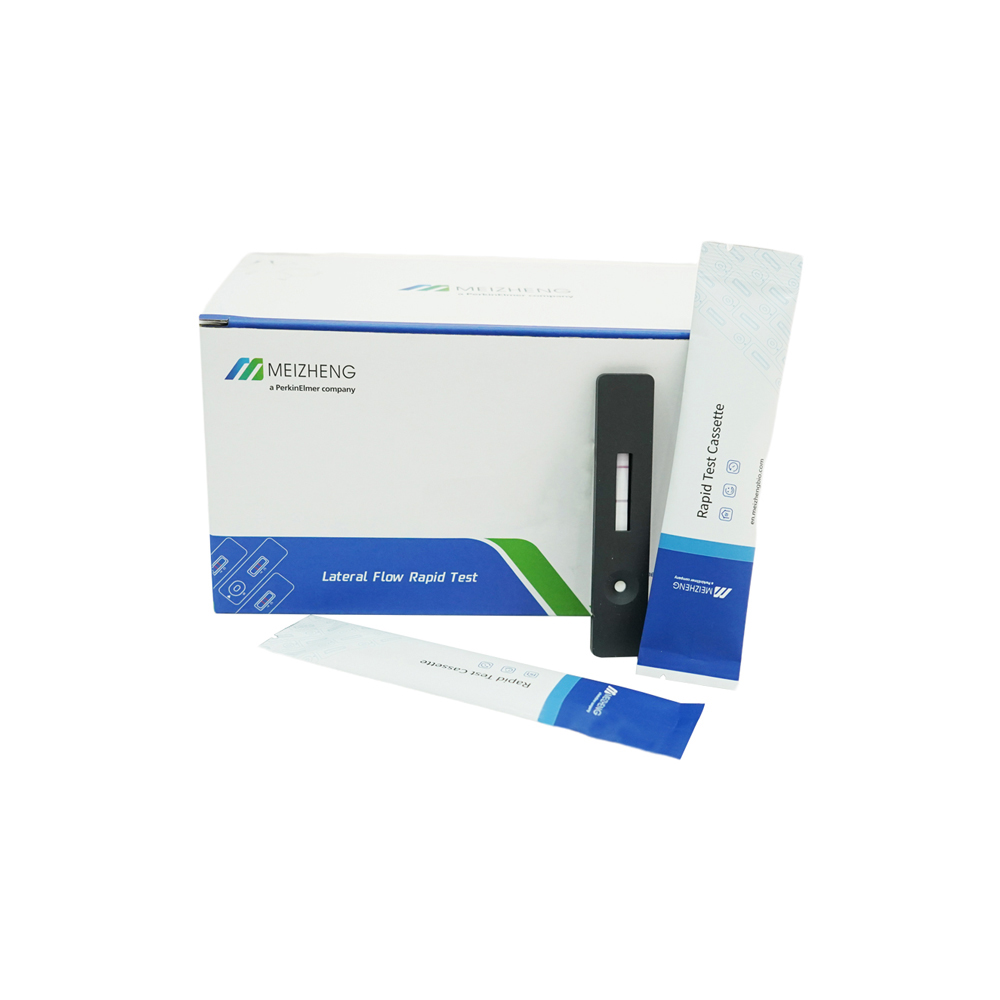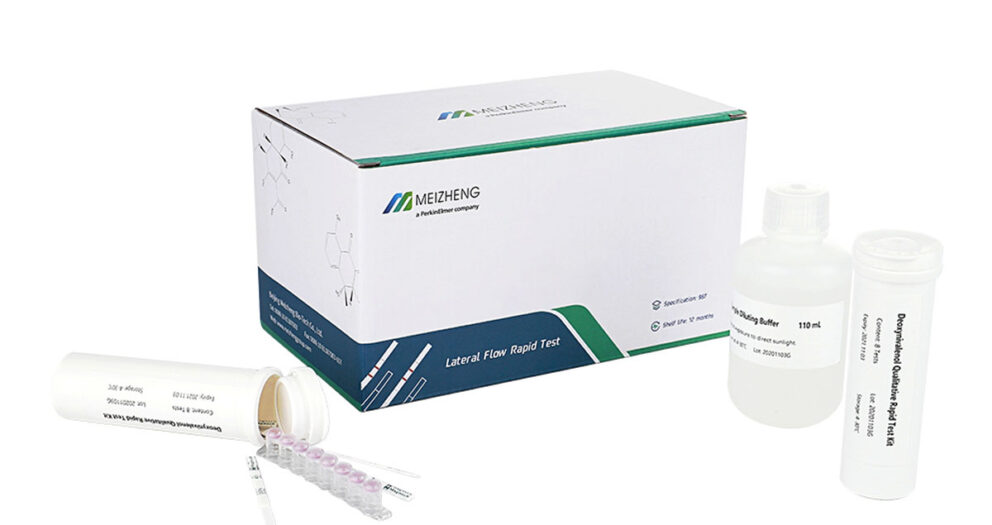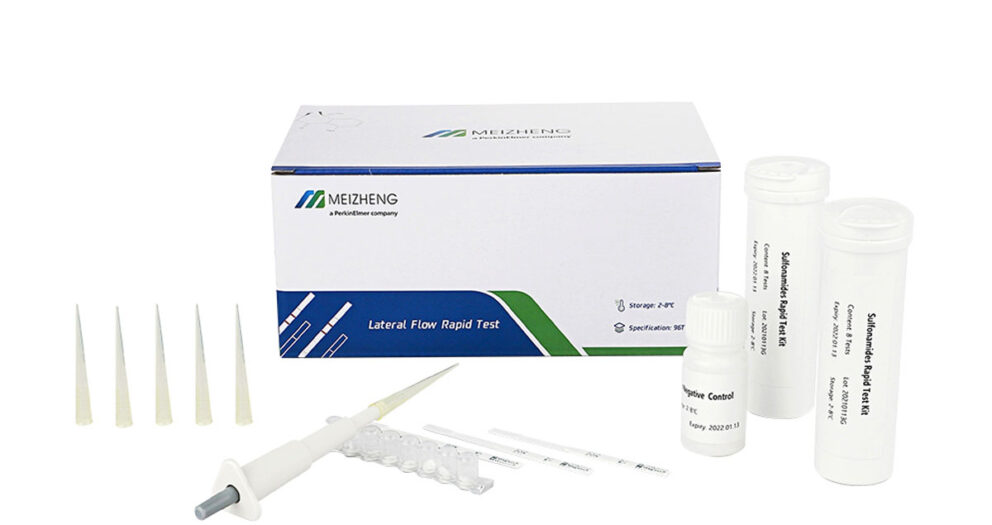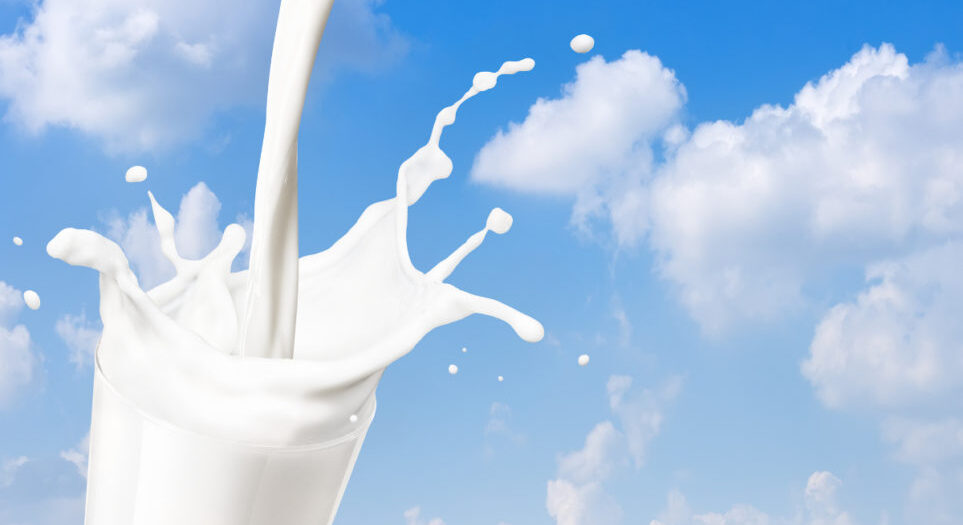Milk is rich in nutrients such as fat, protein, and lactose. These nutrients are either dissolved or dispersed in milk, and it is a stable system at room temperature. When the milk is heated, the fat expands due to heat, the viscosity decreases, and some nutrients such as fat float to the surface of the milk to form a film, which is the “milk skin”.
“Cream skin” is mainly formed by fat floating matter, but its composition is not only fat. During the heating process of milk, milk fat will expand, float, and gather on the surface of milk, and the fat globule membrane protein will be denatured, and the fat will become unstable and easy to coagulate. At the same time, the coagulated milk fat will also absorb casein and whey protein in milk. Albumin, the tension on the surface of the milk is reduced, and finally a stable film is formed, which is what we often call “milk skin”.
In modern milk processing, in order to improve the absorption and stability of milk, homogeneous processing must be carried out. Homogenization can break up the fat in milk, make it more uniform and stable in milk, and prevent fat floating produces stratification, which makes the milk easier to absorb. After homogenization, the fat globules become smaller and evenly dispersed in the milk, so they are less likely to float up, so it is not easy to see the milk skin in the milk now. Although less creme skin was produced, the fat content of the milk did not change. Therefore, the thickness or presence of milk skin does not indicate whether the nutritional value of milk is high or low.
Do you know what color normal milk is?
I believe many people see that the answer to this question is “white”. But in fact, normal milk should be milky white or slightly yellow, uniform liquid, no clots, no precipitation, no foreign matter visible with normal vision. Milk has the inherent fragrance of milk and has no peculiar smell. Today I will take you to reveal the little knowledge about the color and taste of milk.
What determines the taste of milk?
The composition of flavor substances in milk is very complex, mainly depends on the volatile substances in milk, the flavor of milk is actually determined by many factors.
One is the milk processing technology. Unprocessed raw milk has large fat particles, which will form a film after being heated for a period of time, which is what we often call milk skin. This kind of milk looks more viscous.
Now the milk we eat has been processed. First, it has been homogenized to break the milk fat into small particles to make the milk more stable and the fat is not easy to float. It looks less viscous than before, and then it is heated. , It will also have a certain impact on the milk flavor. The greater the heating intensity and the longer the storage time, the greater the impact on the natural inherent taste of milk.
The second is cow feed. The traditional feed for dairy cows is green grass, which contains more odorous substances, such as terpenes, aldehydes, esters, ketones, hydrocarbons and other volatile substances smell. Different forages contain different odor substances, so the smell caused by eating different forages will also be different.
However, under the conditions of modern industrial production, the food for dairy cows is mainly standardized feed, which provides balanced nutrition for dairy cows. Standardized feed contains less flavor substances, and the taste of the milk produced is naturally flat.
The third is the fat content. The inherent milk flavor of milk mostly comes from fat, so whole milk is often more fragrant than low-fat and skim milk. Skim or low-fat milk has reduced fat and is “lighter” in taste.
In addition, the breed of dairy cows, feeding and milking environment, processing methods, seasons and different lactation stages, etc., may all affect the final aroma of milk.
To sum up, “milk taste” is composed of many factors. With the continuous improvement of milk manufacturers’ technology and more scientific and rigorous management of dairy cows, the current milk is “less flavorful” than before, but its quality did not decrease.
Check milk test kits from Meizheng Bio-Tech to safeguard the milk safety.







